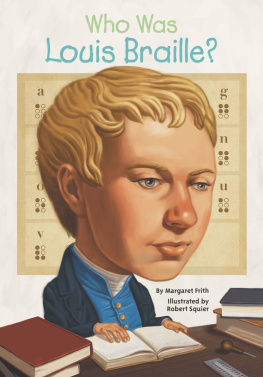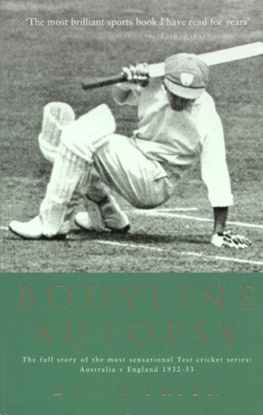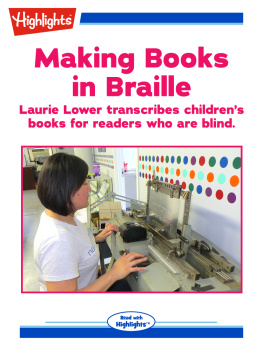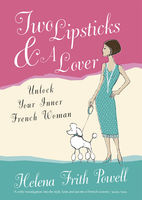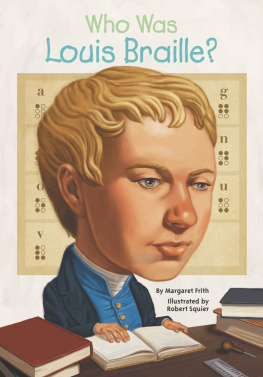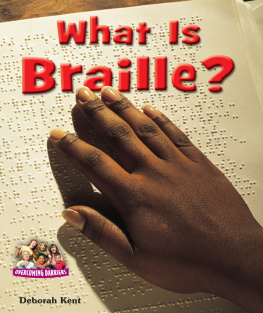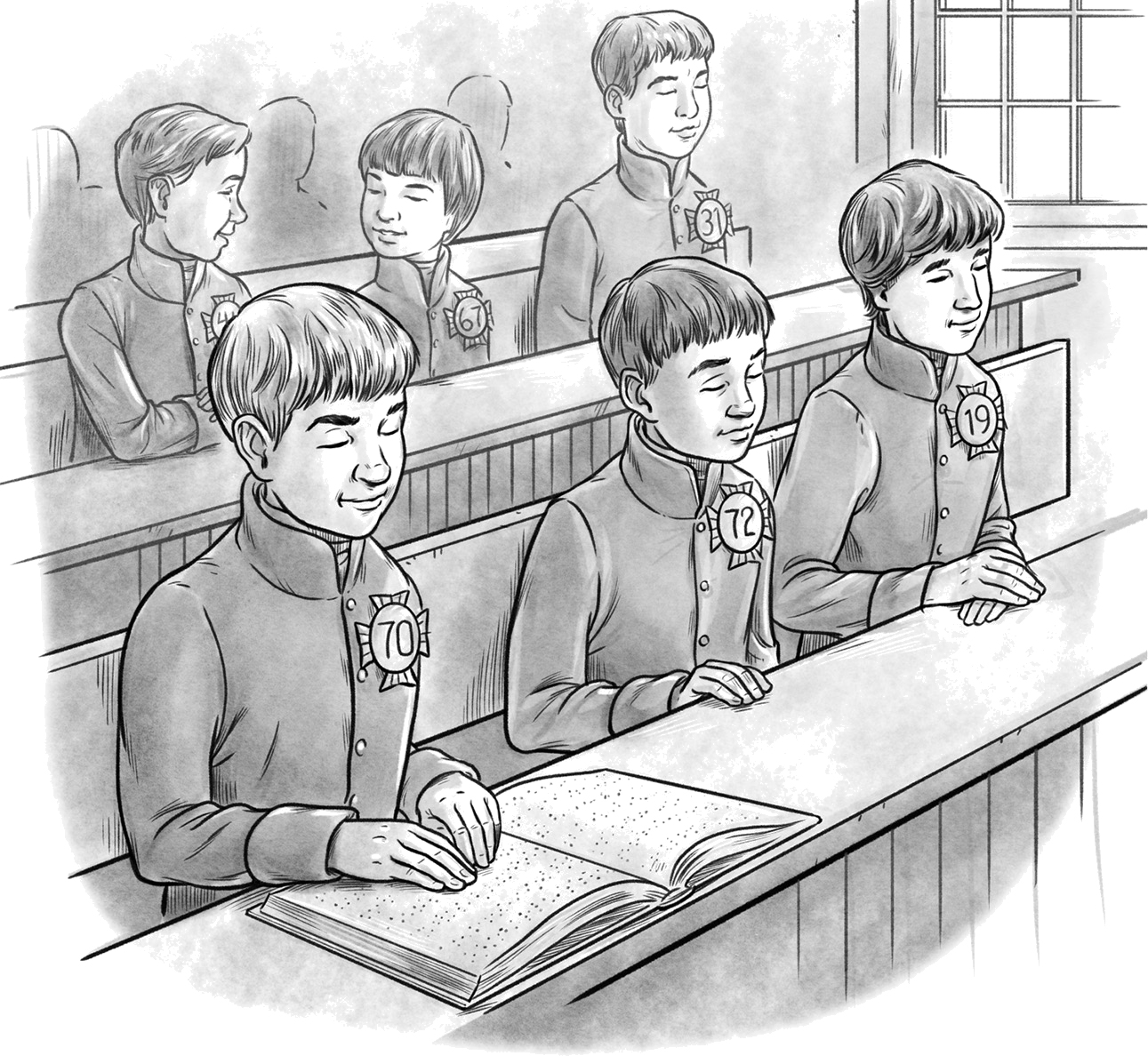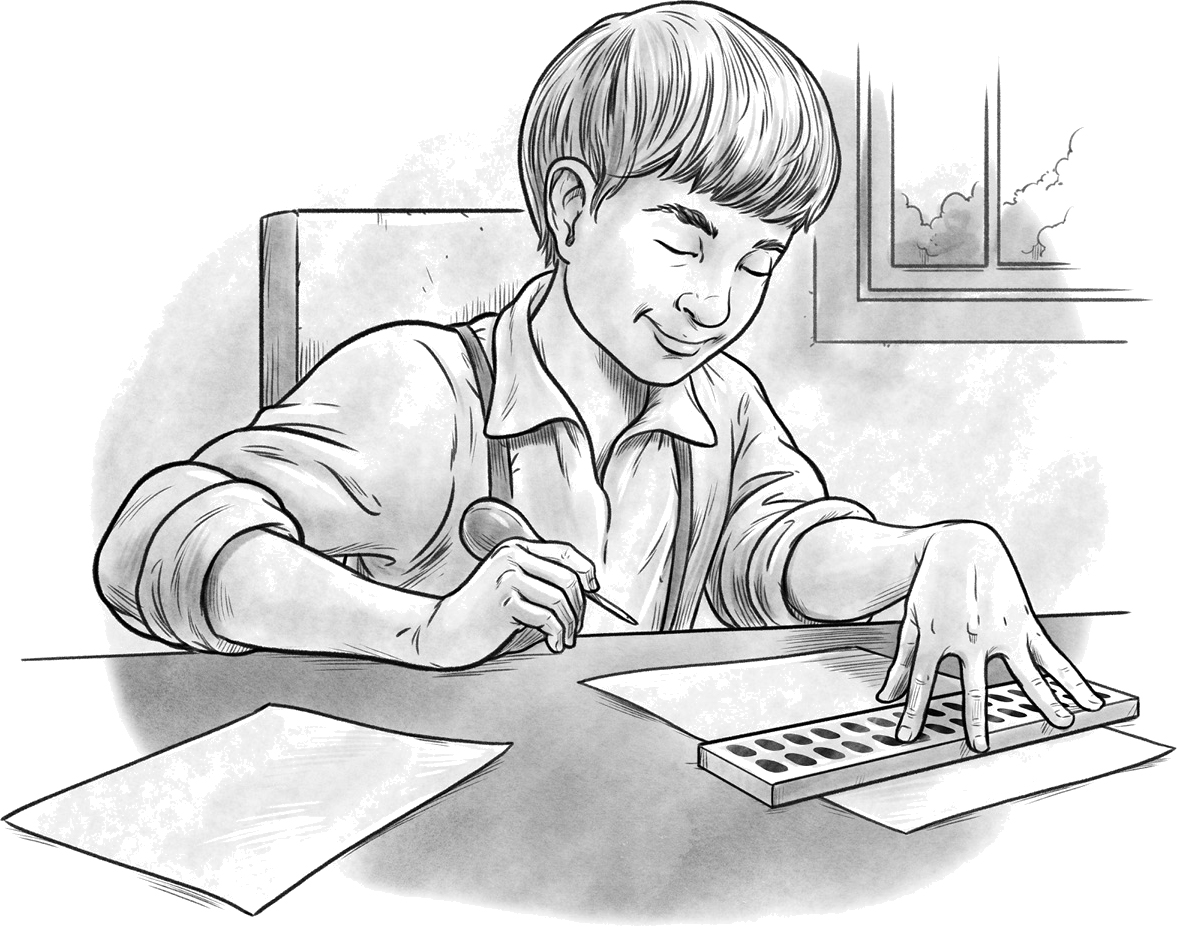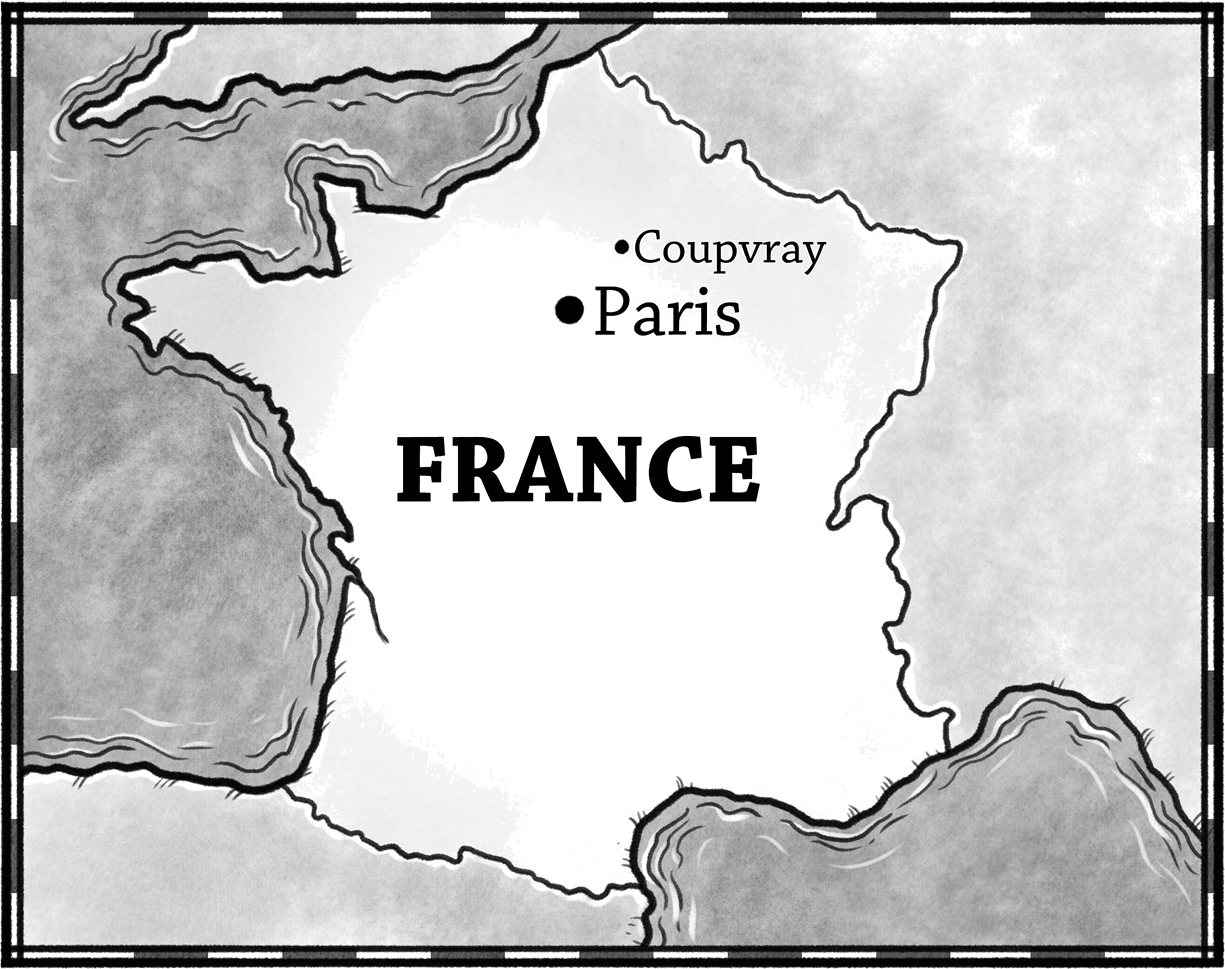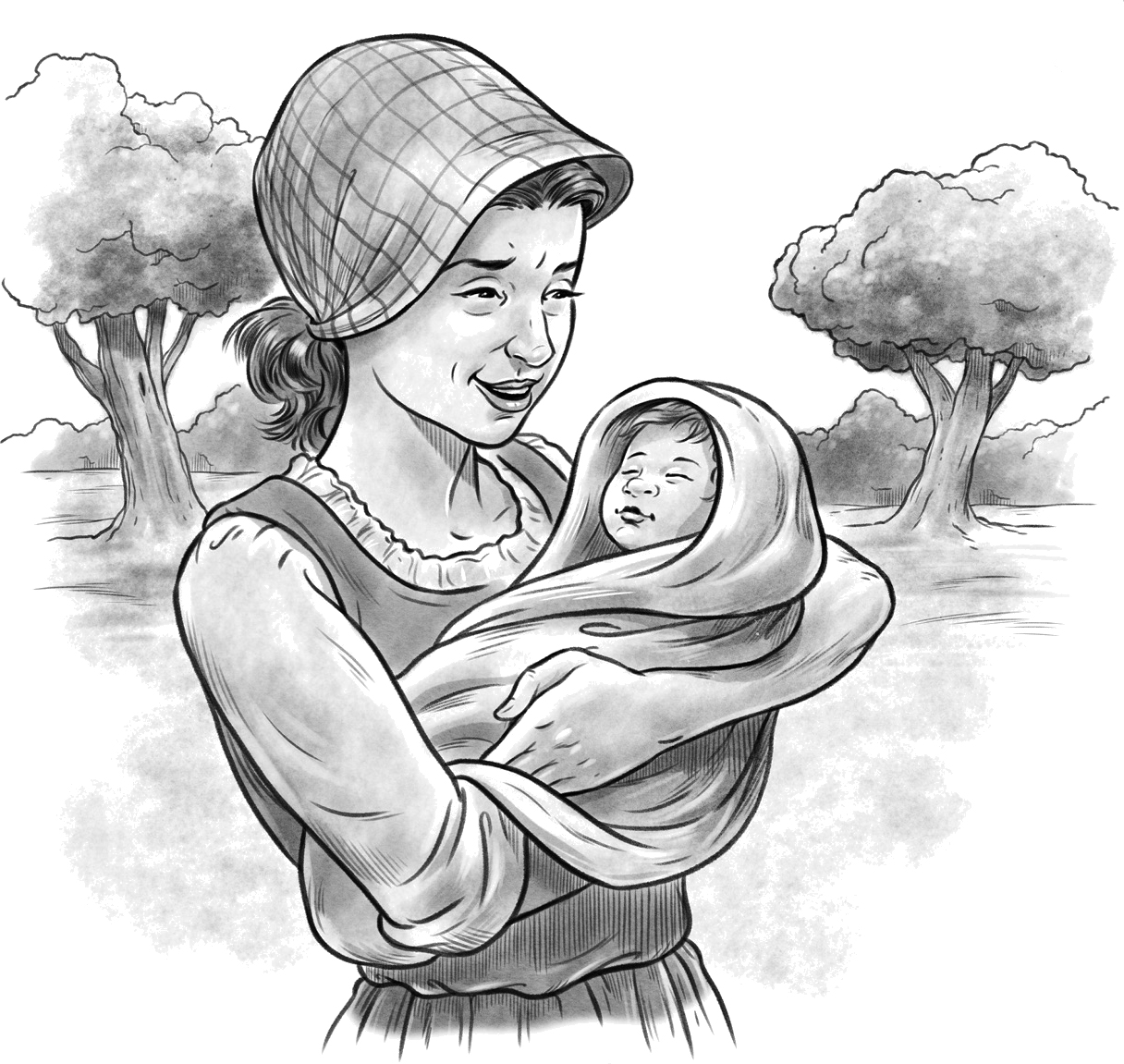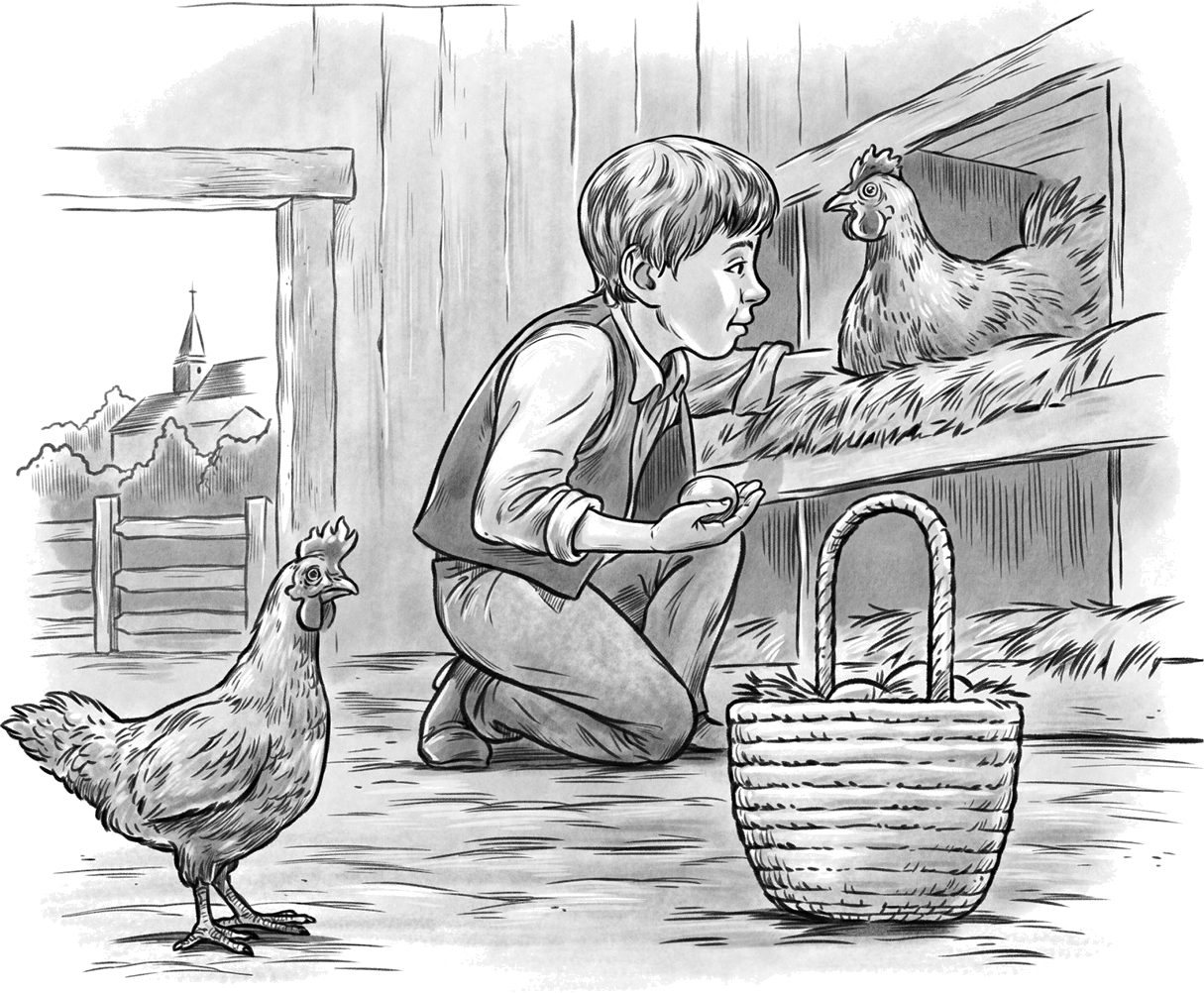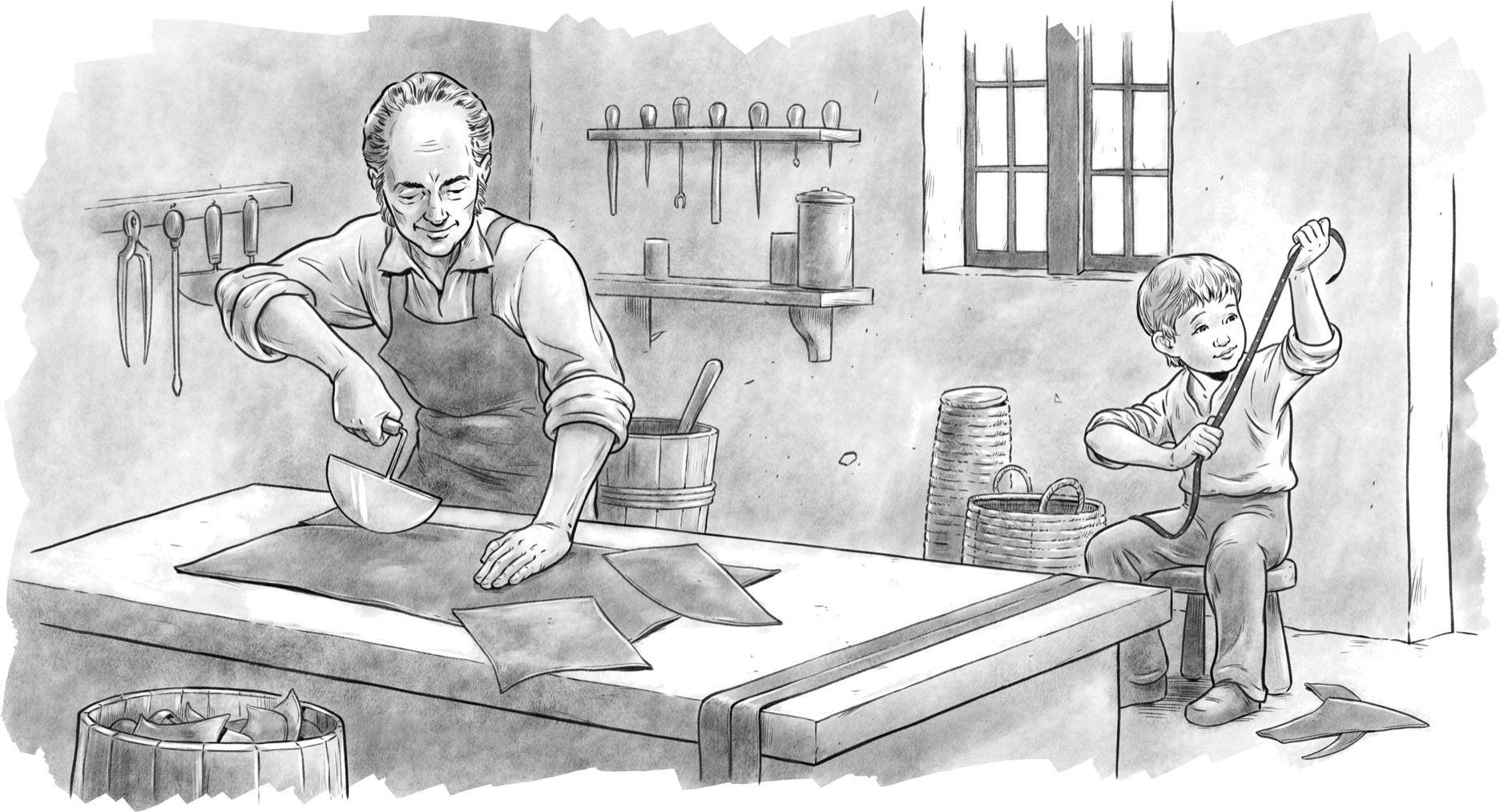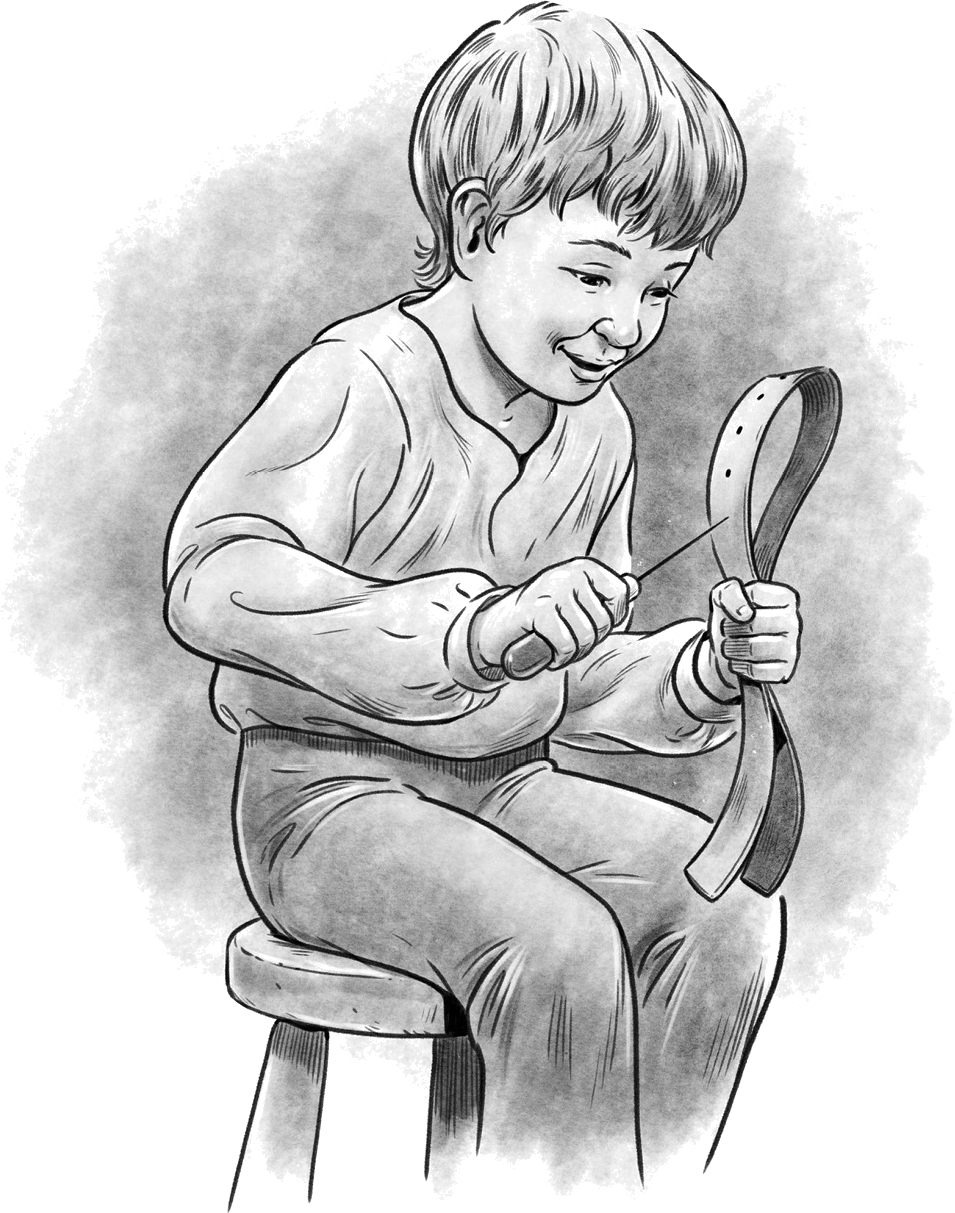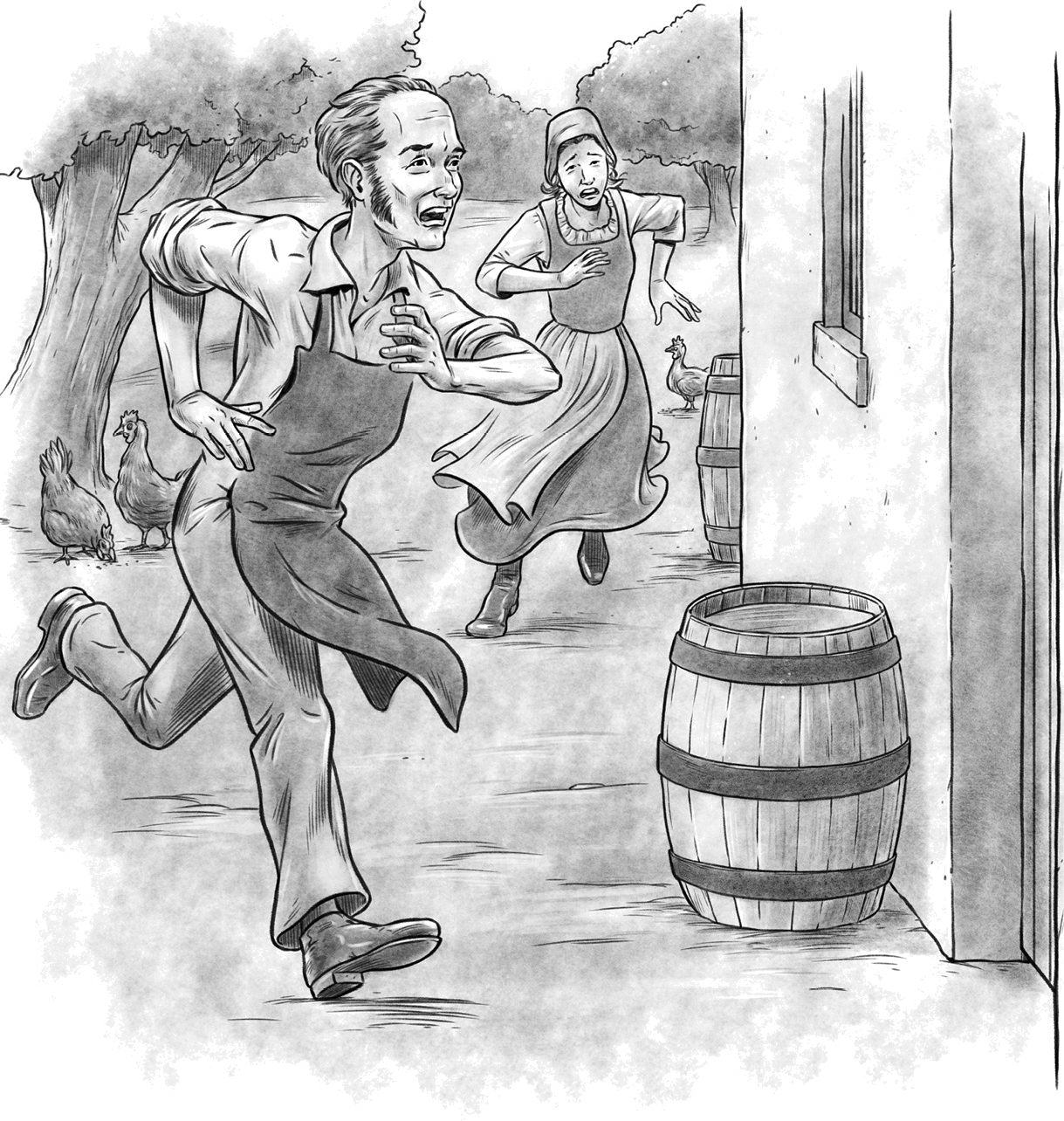USA | Canada | UK | Ireland | Australia | New Zealand | India | South Africa | China
If you purchased this book without a cover, you should be aware that this book is stolen property. It was reported as unsold and destroyed to the publisher, and neither the author nor the publisher has received any payment for this stripped book.
Penguin supports copyright. Copyright fuels creativity, encourages diverse voices, promotes free speech, and creates a vibrant culture. Thank you for buying an authorized edition of this book and for complying with copyright laws by not reproducing, scanning, or distributing any part of it in any form without permission. You are supporting writers and allowing Penguin to continue to publish books for every reader.
Text copyright 2014 by Margaret Frith. Illustrations copyright 2014 by Robert Squier. Cover illustration copyright 2014 by Scott Anderson. All rights reserved. Published by Grosset & Dunlap, a division of Penguin Young Readers Group, 345 Hudson Street, New York, New York 10014. GROSSET & DUNLAP is a trademark of Penguin Group (USA) LLC. Printed in the USA.
Who Was Louis Braille?
When Louis Braille was three years old, he had a terrible accident that left him blind. But being blind did not stop Louis from having a happy childhood. Living in the dark made him even more curious about the world around him. He was a bright, good-natured boy. He also had a remarkable memory. He couldnt read or write. But at the school in the small French village where he lived, he could listen and remember. He was one of the best students.
At the age of ten, Louis went off to Paris to study at the only school for blind children in France. The library had fourteen books for the blind that were printed with embossed, or raised, letters. The blind read them with their fingers.
Louis couldnt wait to have books he could read by himself. But reading the library books wasnt easy. Each letter was so large that the reader had to trace it with many fingers. The reader also had to remember all the letters that had gone before to figure out a single word. Large letters meant large pages. The books were very long and weighed as much as nine pounds! Only a few of the boys could get through them. Louis was one of them.
Then he found out about something called night writing. Louis was excited. It used a code of raised dots instead of embossed letters. But he found that night writing had problems, too.
The answer was to invent his own system.
Louis worked for three years on his reading and writing code. By the time he was fifteen, he had figured it out.
Today, almost two hundred years later, the whole world still uses this same system called braille . The blind have been forever grateful to Louis Braille, an unselfish, determined young man.
There is a marble plaque in honor of Louis Braille at the family home in Coupvray, France. It says
IN THIS HOUSE
ON JANUAR Y 4 1809 WAS BORN
LO UIS BRAILLE
INVENTOR OF THE SYSTEM OF
W RITING IN RAISED DOT S FOR USE
BY THE BLI ND.
HE OPENED THE DO ORS OF
KNOWLEDGE TO ALL THOSE
WHO CANNOT SEE.
Chapter 1
The Accident
In 1809, on January 4, Louis Braille was born in Coupvray, France. Coupvray is a small farming village twenty-five miles from the bustling city of Paris.
Louiss mother showed the new baby to his sisters and brother. Louis looked so tiny in his mothers arms. Monique and Simon-Ren worried about their new son. He was so small, and he was weak. Would he survive? No one was sure how long Louis would live. So after only three days, Louis was baptized by the village priest.
His mother and father neednt have worried. With all their care, Louis grew into a happy, healthy boy with blue eyes and curly blond hair. As soon as he could walk, he was running out into the fields, his mother chasing after him. His sisters and brother, who were much older, loved playing with little Louis.
The family lived in a simple house on ten acres of land. They kept a cow for fresh milk and chickens for eggs. They had a vegetable garden and fruit trees, and a small vineyard.
The Brailles were not rich, but they worked hard and made a good living.
Louiss mother looked after the family and the garden.
Louiss father spent his days in a workshop across from the house. He was a harness and saddle maker, as his father had been. He worked in leather, making reins, bridles, and saddles.
Louis helped his mother in the garden and gathered eggs from the nesting boxes. But what he loved most was going to the workshop with his father.
Simon-Ren spent most of the time at his workbench. While his father cut and stitched pieces of leather, Louis sat nearby and played with the leftover scraps.
Sometimes his father plunked Louis down on a fancy saddle and Louis pretended to ride.
Louis was fascinated with all the tools on the bench. One day while his father stepped away for a moment, Louis picked up one of the sharp tools. He tried to punch a hole in a piece of leather. But the tool slid on the slippery surface and pierced Louiss eye.

